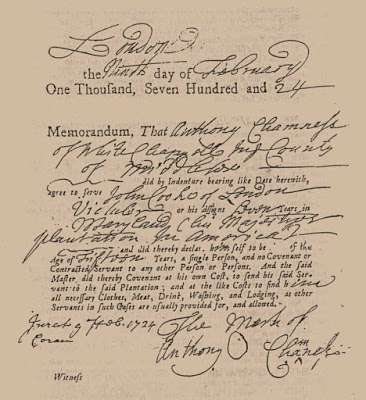
The process is particularly valuable for companies that offer credit options to their customers. They can then look for errors in the accounting records for customers and correct these when necessary. In accounting, reconciliation refers to a process a business uses to ensure that 2 sets of accounting records are correct. Balancing financial records is a fundamental principle in any company or business. All trust transactions in the internal ledger should be accurately recorded and should align with transactions in the individual client ledgers. Account reconciliation is a process that involves identifying discrepancies between business ledgers and outside source documents.

Establish clear processes and procedures
Also, if the bank statement shows money deposits not reflected in your internal records, you make entries of these transactions. Alongside human-based accounting activities, a lot of companies make use of open source accounting software to record transactions and reconcile differences between different statements or documents. Existing transactions or documents are reviewed and it is determined whether the amount recorded in the matches equates to the amount spent by the company. This review or reconciliation method is mostly carried out using accounting software.
This practice helps identify ace the investment banking interview financial statements question and rectify discrepancies, including missing transactions. In essence, reconciliation acts as a month-end internal control, making sure your sets of records are error-free. However, generally accepted accounting principles (GAAP) require double-entry bookkeeping—where a transaction is entered into the general ledger in two places.
Cash equivalents
In the following post, we’ll cover the crucial types of reconciliation for legal professionals and delve into the fundamentals of three-way reconciliation accounting. Plus, we’ll offer useful best practices for reconciliation in accounting for lawyers to help make the process easier, more effective, and more efficient. Incorporating these strategies into your reconciliation process not only simplifies the task but also enhances the accuracy and efficiency of your financial management. Integration with accounting software like NetSuite, QuickBooks, Xero, or Sage, especially when paired with Ramp, can be a significant step toward streamlining your financial operations. Firstly, it is necessary to identify errors due to data entry mistakes, bank account discrepancies, information omission, duplication, or some other reason. Banks and retailers can make errors when counting money and issuing cash to customers as change.
In the double-entry accounting process, all transactions get posted as both debits and credits. Individuals could also use the process to verify the accuracy of their banking and credit card accounts. Legal software for trust accounting can help you track transactions and reconcile records and bank statements. Clio’s legal trust management software, for example, allows you to manage your firm’s trust accounting, reconcile directly in Clio, and run built-in legal trust account reports.
Thankfully, today, transactions are instantaneously communicated within minutes or hours between different records rather than days or weeks. From the definition, one very clear and important use of account reconciliation is to prevent errors in financial accounting activities. For example, real estate investment company ABC purchases approximately five buildings per fiscal year based on previous activity levels. This year, the estimated amount of the expected account balance is off by a significant amount.
- Reconciliation is also used to ensure there are no discrepancies in a business’s accounting records.
- As a result, the accounting industry has sought ways to automate a previously strenuous manual process.
- The reconciliation process balances 2 sets of figures with the aim of both being equal.
- There are 5 main recognised kinds of reconciliation accounting that are industry-wide.
Step 2: Reconcile internal trust accounts and client ledgers
All these follow the same processes but only differ by the source or type of documents being reviewed. The type of industry tends to determine the specifics related to this reconciliation. For instance, financial organisations often need to carry out the process more often than others.
Account reconciliation software presents you with integrated cloud storage for supporting documentation, which boycotts the need to import documents and aids the review and audit process. This software also provides links to applied policies and procedures for easy reference and allows you to take the necessary rectification actions from within it. Some of the popular features of this type asset retirement obligation definition of software include automated review and approval of accounting workflows, reconciliation templates, predetermined checklists to standardize the whole process. Accountants then make research, investigate, and take appropriate actions to correct the discrepancies.
The documentation review method looks to be a tiring process but automation software that pulls records and documents from various sources through integrations and APIs exists. Rather than manually sifting through records, this technology helps you save time and energy. The perpetuation of fraud is dividend growth rate definition one of the very common problems facing a lot of financial institutions. Even though accounting processes help to monitor every transaction, fraudsters work with accountants to make changes to accounting records.
One account will get a debit, and the other account will receive a credit for the same transaction. For instance, when a company conducts a sale, it debits either cash or accounts receivable on its bank statement balance sheet. Take note that you may need to keep an eye out for transactions that may not match immediately between the sets of records for which you may need to make adjustments due to timing differences. For example, a transaction that may not yet have cleared the trust bank account could be recorded in the client ledger, but may not yet be visible on the trust account bank statement.